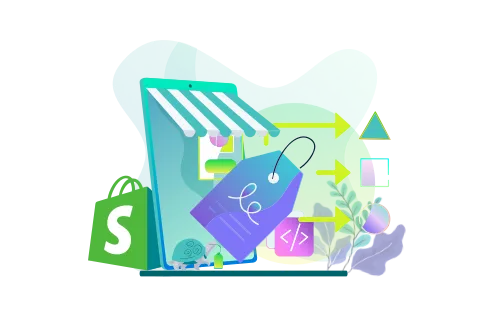eCommerce businesses need to increase customer lifetime value to maintain sustainable growth and profitability. Yet, fierce competition sets obstacles and prevents companies from achieving this goal. Our team will share our experience in overcoming these challenges and turning them into new opportunities for eCommerce.
GenovaWebArt specializes in Shopify development, creating custom solutions and setting them up for maximum efficiency. Our team knows how to turn user data into valuable insights and which integrations are right for launching fine-tuned campaigns that engage customers better.
From this article, you will learn:
- how to calculate CLV;
- 12 strategies that can help you maximize customer lifetime value and increase sales;
- how to measure and analyze CLV dynamics.

Table of Contents
- Understanding Customer Lifetime Value in eCommerce
-
Top 12 Strategies to Maximize Customer Lifetime Value
- Personalization of Customer Experiences
- Implementation of Customer Loyalty Programs
- Enhanced Customer Service and Support
- Regular Engagement Through Email Marketing
- Utilizing Customer Feedback Effectively
- Offering Exclusive Members-Only Benefits
- Upselling and Cross-Selling Strategies
- Creating a Customer Community
- Implementing a Referral Program
- Optimizing the Customer Onboarding Process
- Regularly Updating and Improving Your Products and Services
- Leveraging Social Media for Relationship Building
- Measuring and Analyzing CLV Improvements
- GenovaWebArt Experience
- Conclusion
- FAQ
Understanding Customer Lifetime Value in eCommerce
Customer lifetime value (CLV or LTV) is a profit generated over time by each person who shops on your platform. It’s one of the most important metrics in eCommerce. CLV helps businesses understand the long-term value each customer brings. Based on this, teams can make informed decisions about marketing, sales, and customer service strategies.
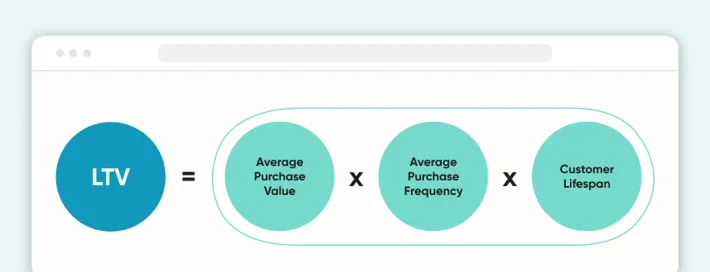
To find customer lifetime value, multiply the average purchase value by the average purchase frequency and the customer lifespan:
- Average purchase value is the average amount of money a customer spends on each transaction.
- Average purchase frequency shows how often a customer purchases within a specific period – a month, quarter, or year.
- Customer lifespan is the duration of a customer’s engagement with the platform, from their first to last purchase.
Let’s say you run a jewelry store. You have a customer who completed a one-time purchase, buying a piece worth $150. Their CLV is $150 then:
- Average purchase value: $150
- Average purchase frequency: 1 time
- Customer life span: –
- Customer lifetime value: $150
Other customers are returning. They’ve already bought four pieces of jewelry worth $95, $80$, $130, and $115. Let’s suppose this pattern remains for three more years. Here is how you can calculate their CLV:
- Average purchase value: $105
- Average purchase frequency: 4 times
- Customer life span: 3 years
- Customer lifetime value: $1260
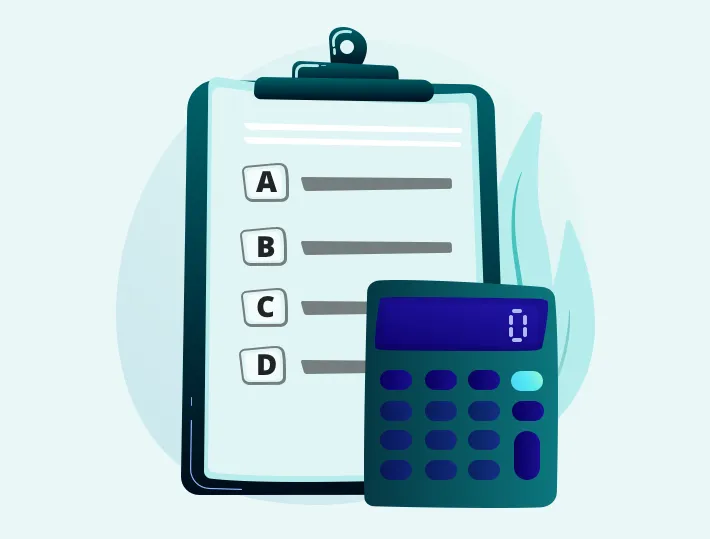
CLV goes hand in hand with business revenue and eCommerce customer retention. To increase revenue, eCommerce companies can acquire new clients or motivate repeat purchases. In other words, they can keep customers satisfied and engaged to encourage more shopping, which increases the CLV and boosts eCommerce revenue growth.
To be more accurate and calculate expenses incurred to acquire new customers, you can subtract customer acquisition cost (CAC).
Top 12 Strategies to Maximize Customer Lifetime Value
Below are some practical repeat customer strategies for startups and seasoned players to increase CLV.
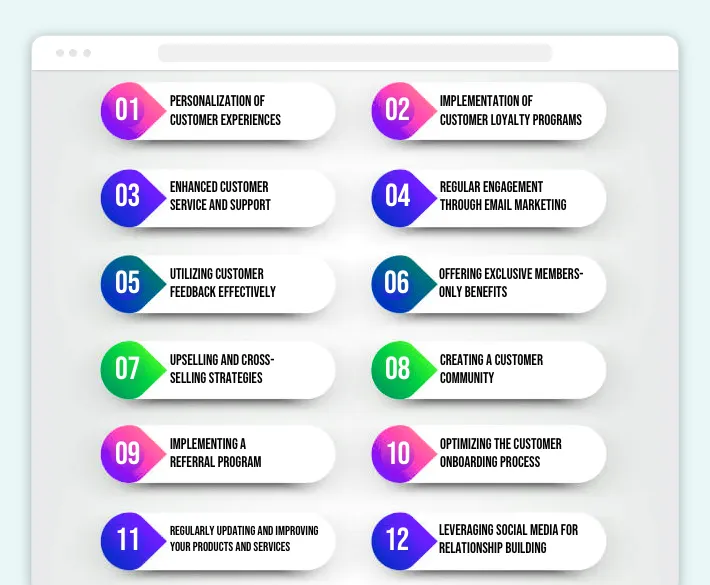
Personalization of Customer Experiences
Personalization builds long-lasting relationships between a user and a brand. Nowadays, customers expect businesses to know their needs and preferences, with around 80% being more likely to purchase from a company that offers personalized customer experiences.
Personalization can mean different things for a digital consumer, including:
- Product recommendations based on previous purchases
- Using a customer’s name in emails and texts
- Knowing the client’s preferences, size, etc.
- Notifications that specific products are back in stock
- Treating a customer according to the loyalty tier they belong to
- Reminding them when their loyalty points are about to expire
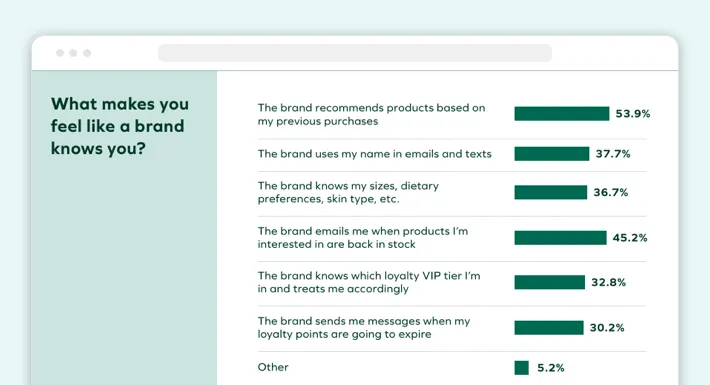
Learn what your customers like and how they behave to deliver relevant offers and positive experiences.
Implementation of Customer Loyalty Programs
43.5% of respondents globally are willing to join loyalty programs, making this a reason to continue purchasing from a brand.
Even though most customers are looking for discounts, loyalty programs entail more than savings. They reinforce positive relationships between customers and brands. Companies can offer tiered rewards, exclusive offers, or gamification as a part of loyalty initiatives. It all encourages continuous engagement.
Customers who stay with a company for a long time don’t only make repetitive purchases, increasing customer lifetime value. They often become unofficial brand ambassadors.
Enhanced Customer Service and Support
76% of consumers never return to a company after just one negative customer experience case. Businesses take this problem seriously, with over 80% of organizations expecting to compete mainly based on customer experience (CX).
Users expect responsive and helpful customer service that entails:
- Ability to contact the support team easily
- Availability via multiple communication channels
- Empathetic and polite communication
- Prompt issue resolution
- Relevant solutions to the problems
The commitment to customer-centricity builds trust. Better service results in higher customer satisfaction and loyalty and creates a solid background for crisis communication the company may need at some point in the future.
Regular Engagement Through Email Marketing
45.2% of consumers in Australia, the UK, and the US want to receive emails when products of their interest are back in stock. It makes them feel like a brand knows them, so consider establishing result engagement through email marketing.
Of course, emailing doesn’t drive purchases every time. Still, it nurtures relationships and promotes brand awareness. This ongoing engagement fosters a sense of connection and familiarity.
Make marketing emails an effective channel for personalized offers, promotions, and recommendations to considerably increase customer lifetime value. Emails that address specific customer needs and interests are more likely to convert.
All you need is correct segmentation and automated workflows for standard scenarios. And thanks to A/B testing, you can experiment with content, design, and offers.
Utilizing Customer Feedback Effectively
Improving the company’s rating boosts customer satisfaction. McKinsey shares a case of a telecom firm using customer calls to gather data for improvement. It cut churn rates by 75% and almost doubled revenue in three years by listening to its users. Even though the numbers may vary across industries and companies, the correlation stays and works the same way.
Listening to customer feedback is vital for customer CLV maximization. It reveals the fair perception of your brand and products. Surveys and feedback forms show what users like, what they don’t, and what influences purchasing decisions.
With these insights, you can take a data-driven approach to planning and customization. Show you listen to them and respond to their needs. And turn complaints into improvements.

Offering Exclusive Members-Only Benefits
29% of customers worldwide want exclusive or early access to products as a part of loyalty programs. In other words, one in three commits to long-term customer engagement if you add some exclusivity to your services.
Exclusive benefits can include member-only discounts, events, consultations, and similar bonuses. They can also differ across customer tiers.
Membership benefits make customers feel valued and strengthen their emotional connection with a brand. Also, offering rewards unavailable to the general public differentiates you from competitors. The sense of exclusivity motivates customers to repeat purchases, especially if regular shopping helps maintain a privileged status.
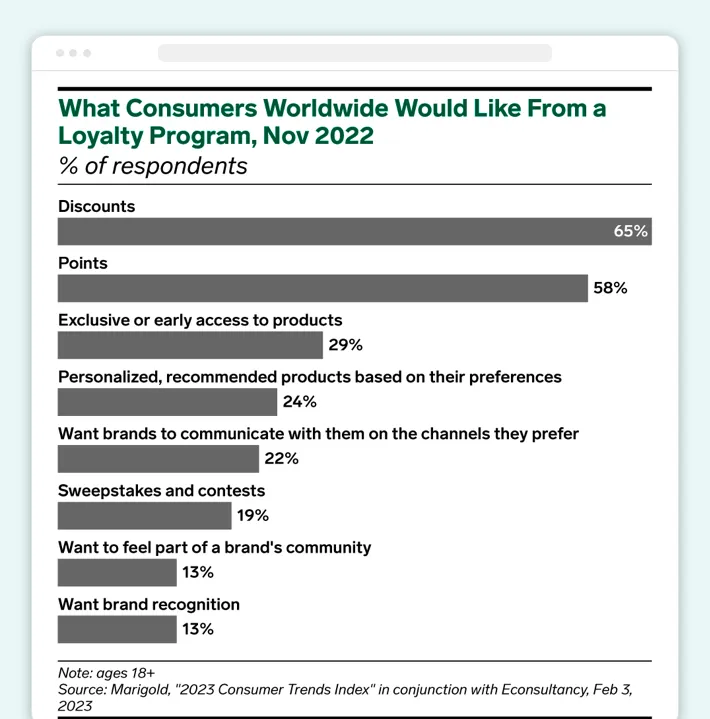
Upselling and Cross-Selling Strategies
Businesses drive around 80% of value by unlocking new revenue sources from existing customers. Upselling and cross-selling play an important part in it. Encouraging customers to buy more is one of the easiest ways of maximizing eCommerce profitability.
How to upsell and cross-sell effectively? Here are some of the additional options you can show to enhance the original purchase:
- Product bundles: Show complementary products at a discounted price compared to purchasing them separately.
- Limited-time offers: Make some items available for a set time frame, driving a sense of urgency.
- Add-ons: Include upgrades for items or experiences, such as extended warranties or customization options.
- Personalized recommendations: Offer extra products tailored to individual customers based on their preferences and browser history.
Consumers often find upselling and cross-selling convenient. By showcasing relevant items, you can persuade customers to make larger purchases.
Creating a Customer Community
Building community is one of the proven eCommerce marketing techniques to build brand loyalty. Let your customers interact with each other so your shopping platform becomes a closed user circle. Give them a platform to share recommendations and tips, ask questions, and assist with troubleshooting.
Peer-to-peer interactions and knowledge sharing create an emotional connection with the brand. Here are several strategies that can help you create such a community:
- Active interaction in social media
- Peer support and education
- User-generated content related to experience with your brand
- Feedback and co-creation focused on platform improvement
- Recognition and rewards for being active community members
Building a community around your brand will help you nurture a loyal audience and brand advocates who bring in new clients.
Implementing a Referral Program
Between 5% and 15% of new customers come from referral programs. You can motivate effective word-of-mouth marketing with bonuses for clients. Like several other CLV enhancement strategies, it relies on the emotional factor in CX.
The classic reward scenarios are granting points, promo codes, or discounts to members and referees. A small bonus helps new users counter doubts. It also makes your advocates more willing to invite others to enjoy it.
Referral programs use the natural tendency, as satisfied customers tend to share positive experiences with others. Thus, empowering them to act as brand ambassadors strengthens trust and credibility.
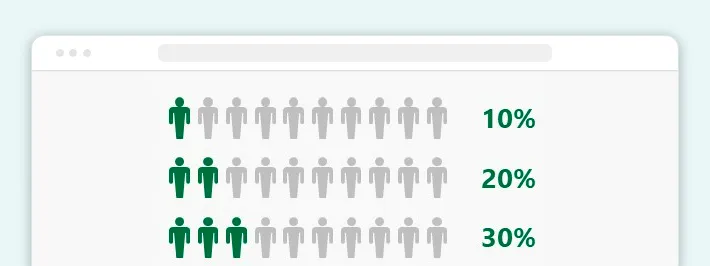
Optimizing the Customer Onboarding Process
The onboarding process affects how potential users perceive a product or service. It determines whether they are going to stay or leave:
- 63% of users admit onboarding is a core factor in deciding whether to use a platform
- 74% look for alternative solutions if onboarding seems complicated
- 86% of customers say they remain loyal to a brand providing continuous education
The numbers might slightly differ in eCommerce. As a rule, online shopping platforms aren’t very complicated. They are widely used and familiar to different user groups. Even so, proper onboarding instructions and new feature tips are a must.
Besides maximizing customer value, onboarding is essential for ensuring the platform’s accessibility.
Regularly Updating and Improving Your Products and Services
One in three executives finds attracting customers at the right cost to be their biggest challenge, and only 20% are satisfied with their eCommerce outcomes. Thus, finding a specific approach to technology is crucial for companies.
Knowing that eCommerce is dynamic, you should invest in tools that support ongoing assessment, evaluation, and continuous improvement. In your tech investments, prioritize emerging technologies that drive better experiences and customer retention rate improvement.
Also, consider platform upgrades that enable better service access and prepare a solid background for future innovations. Upgrades encompass a vast range of changes, like adding new features, addressing pain points, redesigning, or improving UX. All these things help you remain competitive over time.
Leveraging Social Media for Relationship Building
83% of Gen Zers interact with brands on social media. Even if they don’t buy anything, they pay attention to likes, reviews, and overall brand image. As a result, their experience with your social media affects their choices.
Social media is a powerful tool for customer CLV maximization. You can achieve it through:
- Responding to comments, messages, and mentions
- Showing appreciation for customer feedback
- Addressing inquiries in direct messages or comments
- Content formats and topics suited for your audience
- Building online communities and encouraging interaction
- Rewarding media followers with exclusive offers
- Collaborating with influencers and brand advocates
Social media platforms are excellent for gathering feedback. They provide valuable insights to understand customer preferences, pain points, and expectations.
Measuring and Analyzing CLV Improvements
Knowing how to increase revenue from existing customers is crucial, but so is measuring and analyzing CLV over time. Manual calculations are time-consuming, inaccurate, and inefficient, especially given the variety of tools available today.
Here are a few tools that can help you get better insights:
- Shopify LTV extensions can calculate customer lifetime value automatically using the metrics and data inputs you share.
- Cohort analysis allows you to group customers based on common characteristics. These metrics enable identifying trends and areas for improvement.
- You can integrate CLV calculations into a CRM platform to track consumer habits and identify opportunities to enhance customer relationships easier.
- Customer surveys and feedback provide insights into customer satisfaction levels, preferences, and likelihood of future purchases.
- Predictive eCommerce customer analytics can forecast future purchasing behavior and estimate CLV. It uses customer demographics, past purchases, and other metrics to predict revenue potential.
With these tools, measuring CLV and tracking changes in customer behavior becomes easy. All you need to do is connect the right tools to your platform.
GenovaWebArt Experience
GenovaWebArt specializes in Shopify development. Among other things, our experts help eCommerce businesses track, calculate, and improve customer lifetime value. If you want to boost engagement and increase customer lifetime value, we’ll suggest strategies that work specifically for your case.
Our team works with eCommerce platforms in different sectors:
→ We assisted the retail clothing and fashion brand with redesign and growth. In particular, we improved product page design and introduced effective upsell strategies.
→ The team also set up an online store for a chemical manufacturing brand with a custom theme and a powerful store management tool. We optimized the store for mobile and got a custom system for order management and discounting.
And we’ll be glad to find the best customer value optimization approach for your platform.
Conclusion
Different strategies can help you increase customer lifetime value. Most of them aren’t technically complex. They require only knowledge of your consumer for making data-driven decisions and a desire to build a customer-centric platform that develops an emotional connection with a brand.
If you still don’t know where to start and what strategy to choose, the GenovaWebArt team can help you figure it out. Tell us about your platform and expectations regarding its improvement so we can prepare the action plan and start working on its implementation.
Frequently Asked Questions
What affects CLV?
Loyal and high-spending customers contribute more over time. Thus, customer retention is a strategic factor influencing customer lifetime value.
What lifetime customer value is acceptable?
CLV may also differ based on the competitive landscape and market conditions. Thus, the acceptable rate is subjective and requires careful consideration.
Which audience has the highest lifetime value?
To start figuring this out, pinpoint the audience segments and study them. This way, you’ll learn more about customer groups and their potential to increase customer lifetime value.
What are the ways to increase your average ticket?
Implementing loyalty programs or rewards systems is another strategy to follow. Here, offering installment plans can also make larger purchases more affordable and attractive.
Is it possible for a customer to have a negative lifetime value?
Still, it makes sense to consider their potential. Developing strategies for their engagement can fix the situation.
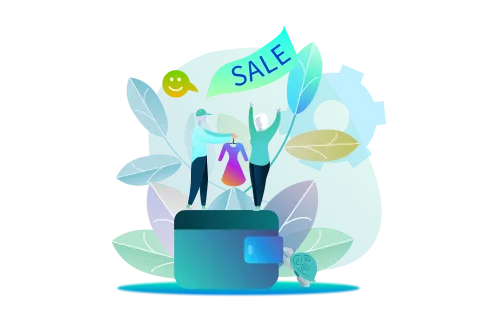
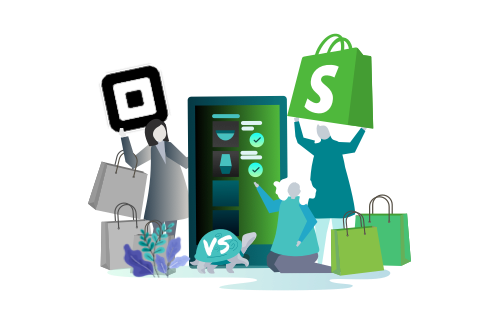

![Shopify Sales Channels [Complete Guide] - GenovaWebArt blog article, banner image Shopify Sales Channels [Complete Guide] - GenovaWebArt blog article, banner image](https://genovawebart.com/hubfs/img/webp/hero-banner-blog-article-shopify-sales-channels.webp)

